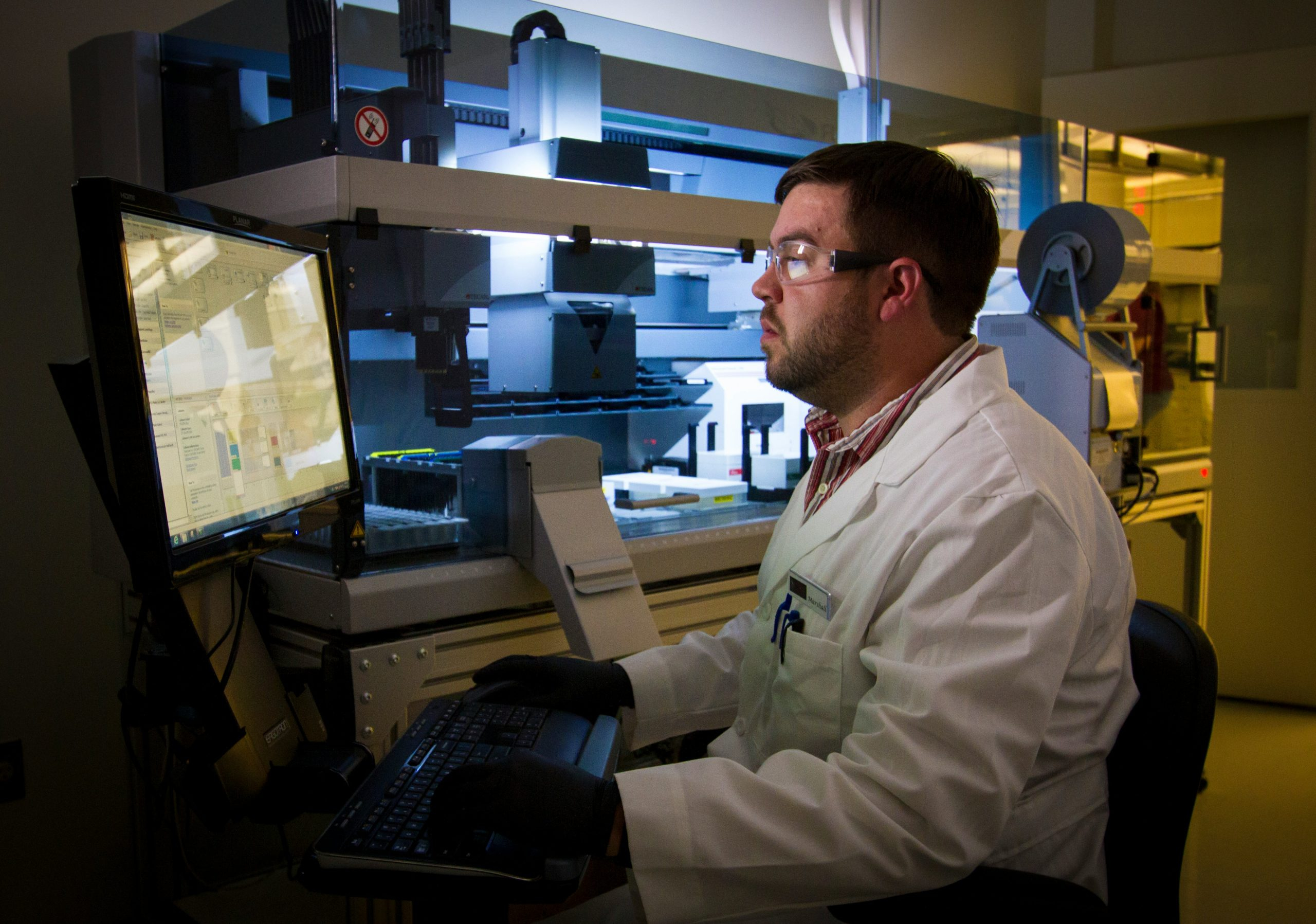Bar Exam Changes: How Adaptive Testing Is Shaping Future Lawyers
In recent years, the legal industry has undergone a significant transformation with the introduction of adaptive testing in bar exams. This new form of testing has sparked debates and discussions among law students, practicing lawyers, and legal professionals. From its potential to revolutionize the bar exam to its impact on the future of the legal profession, adaptive testing has become a hot topic in the legal community. In this article, we will explore the changes brought about by adaptive testing and how it is shaping the future of lawyers.
The Bar Exam: A Brief Overview
The bar exam is a crucial part of the process for becoming a licensed lawyer. It is a comprehensive and often stressful test that evaluates the knowledge and skills of law graduates. The exam typically consists of two parts – the Multistate Professional Responsibility Examination (MPRE) and the Multistate Bar Examination (MBE). These tests cover various aspects of law, including constitutional law, contract law, property law, and others.
For decades, the bar exam has followed a standard format where all test-takers answer the same set of questions within a fixed timeframe. However, with the emergence of new technologies and advanced testing methods, the traditional format of the bar exam is undergoing significant changes.
The Rise of Adaptive Testing
Adaptive testing is a computer-based testing method that adapts to the test-taker’s performance by dynamically adjusting the difficulty level of questions based on their answers. This means that if a test-taker answers a question correctly, the next question will be more challenging. Conversely, if they answer a question incorrectly, the next question will be less difficult. This process continues until the system accurately determines the test-taker’s proficiency level.
The adoption of adaptive testing in the bar exam is relatively recent, and the National Conference of Bar Examiners (NCBE) first introduced it in the MBE in 1997. Since then, it has gained widespread popularity, and many states have incorporated it into their bar exams. One of the main reasons for the shift towards adaptive testing is its ability to measure a test-taker’s knowledge and skills more accurately and efficiently.
The Advantages of Adaptive Testing
Adaptive testing has several advantages over the traditional bar exam format. One of the most significant benefits is that it provides more precise results. Unlike the traditional format, where all test-takers answer the same questions, adaptive testing tailors the questions to the individual’s proficiency level. This means that the test can better identify the strengths and weaknesses of each test-taker.
In addition, adaptive testing also reduces the duration of the test. Since the questions are tailored to the test-taker’s ability, the number of questions needed to assess their knowledge and skills is reduced. This results in a shorter test duration, which helps to alleviate the stress and pressure associated with the bar exam.
Another advantage of adaptive testing is that it is more cost-effective. The traditional bar exam involves a considerable amount of resources, including printing and distributing test booklets, hiring proctors, and renting testing venues. In contrast, adaptive testing is conducted on a computer, significantly reducing the costs and resources required.
The Impact on Future Lawyers
The emergence of adaptive testing in the bar exam has significant implications for future lawyers. One of the main changes is the skillset required to pass the exam. With adaptive testing, the focus shifts from rote memorization to critical thinking and problem-solving skills. This means that law schools will need to adapt their curriculum to prepare students for this new testing method.
In addition, adaptive testing also offers new opportunities for test-takers who may not perform well under the traditional format. Since the questions are tailored to their abilities, individuals with learning disabilities or test anxiety may have a better chance of passing the bar exam. This can lead to a more diverse pool of lawyers, as individuals who may have previously struggled with the exam will now have a fair chance to demonstrate their knowledge and skills.
Conclusion
In conclusion, adaptive testing is revolutionizing the bar exam and shaping the future of lawyers. It offers a more accurate and efficient method of assessing knowledge and skills, reduces test duration and costs, and provides new opportunities for individuals who may have struggled with the traditional format. As the legal industry continues to evolve, it is evident that adaptive testing will play a significant role in the bar exam and the future of lawyers.











